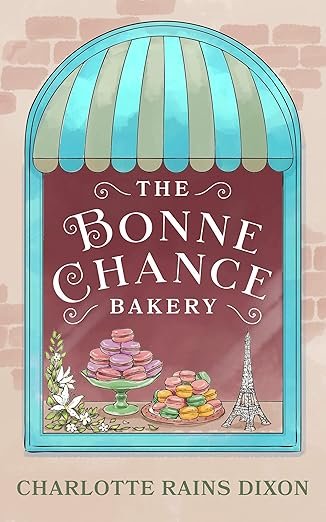When Art Gives Up its Secrets
Yesterday, I wrote about the fabulous workshop that Darnell Arnoult gave for the Loft and talked about how she presented an exercise called "Finding Fiction in a Photo," wherein we looked at pictures (amazingly enough) for a full five minutes and then wrote about them.
I can't express how important this kind of deep connection with an
image or piece of writing can be to your work. I started my free-lance writing career
writing about art. Wrote a few facile articles that got published and
then had the great good luck to get assigned to a very hard-ass
editor. One of the first pieces I wrote for her she rejected, and told
me to go back to the gallery and start over. She insisted that I go
back to the gallery and look at the paintings until they gave up their
secrets and I knew enough about those secrets to write about them.
(By the way, that assignment resulted in one of my all-time favorite lines I've ever written in an article: "Watercolors, like earth girls, are easy." Yes, this was a very long time ago, a couple years ago after the release of the Geena Davis movie, Earth Girls Are Easy. There are probably some of you reading this who haven't ever heard of it. Lord, there might be some of you reading this who were not yet born when that movie came out. But no matter how old you are, you must admit–best line ever.)
And
so I learned to deconstruct art by looking at it–truly looking at it.
Anybody who has ever taken art history will be familiar with the
process. I'd taken a year of art history in college, one of the best
things I ever did, and so once I allowed myself to sink into the
paintings I had to write about, I remembered studying art history
slides and doing the same thing. And soon I recalled how much I had gleaned from all those late nights of leafing through Jansen's, History of Art and memorizing the details. (I still have that book–it is smoke damaged and water stained from having lived through a fire but I couldn't bear to give it up.)
When I began my MFA program,
years later, and needed to learn to deconstruct pieces of writing in
order to write about them these experiences served me well. My dear
friend Cate McGowan, who had majored in art history, and I agreed that
a firm grounding in the field is actually a very fine training ground
for writing. One cornerstone of a good MFA program is writing critical essays about literature, the theory being that one of the best ways to learn about writing is to read it, and my art history and writing about art background gave me a way into to do this. I was accustomed to staring at paintings and sculpture and now I could transfer those skills and stare at literature until it, too, gave up its secrets.
So if you're stuck or blocked, don't overlook the idea of finding a photo or image to write about. One great source for this is the Google image search. You can find all kinds of cool photos on that. Choose one, stare at it until it gives up its secrets (which may be quite awhile) and then start writing about it.

Donald B. Dousharm
Wow! It’s funny how I just read this post as my thoughts are right around this very topic.
I don’t know if I can explain but I will try.
In writing my poetry I usually write an introduction or brief history to the piece. My reason for this is to project the deep meaning to what some may think are just words.
It may be as simple as; (I am lost in the woods.) but when you understand what I was doing there in the first place and how I feel about it you begin to understand my thoughts as apposed to my words.
I understand what you wrote about art as I feel the same way when I read blog posts or anything. I always search for the real meaning behind the writers words.
I hope you understand what I am trying to say. Sometimes what is in my mind is not that easy to put into words.
Very nice post.
Charlotte
Thanks for the comment, Donald. I do think I understand what you are saying. Every kind of art, or writing, or blog posts, has secrets–what the author wants to say and what actually appears on the page. Then there’s a whole other layer, which is the meaning the reader makes of it when he reads it. In writing novels, sometimes we talk about the “learning draft,” which is the first draft the writer writes as she tells the story to herself. In subsequent drafts, she then figures out how best to present the story. Sometimes when I read poetry, I “get” it immediately. And sometimes I yearn to crawl into the poem and know more, so I like the idea of you introducing your poems.
Thanks for dropping by.